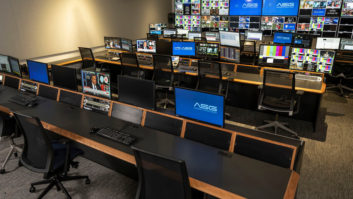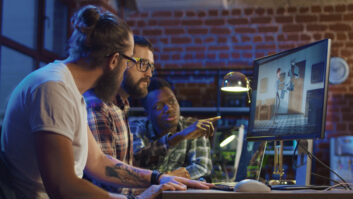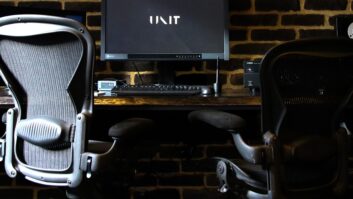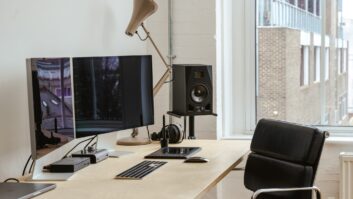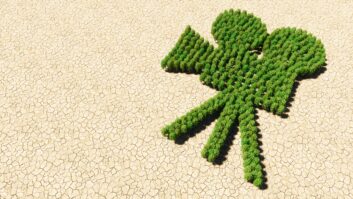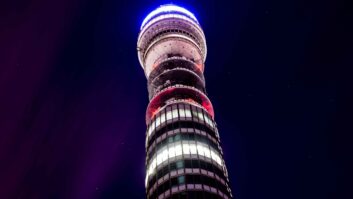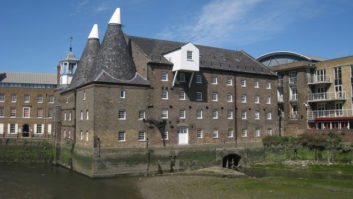Technicolor has provided post production on picture, sound and VFX for ITV’s new Sunday night drama Vanity Fair.
The London office of the company was the lead VFX vendor on the show, working on more than 350 shots, encompassing both 2D and 3D work.
Senior colourist Dan Coles worked with the series’ DP Ed Rutherford before filming started to discuss cameras, lenses, costumes, lighting, sets, locations and production design that would be used during production .
Technicolor’s VFX team, led by creative director, Gary Brown, worked with the production team on storyboards for big set pieces, which included recreating the Vauxhall Pleasure Gardens and the vast Battle of Waterloo. “For the Battle of Waterloo, we did a large amount of soldier and horse replication, set extension matte painting, explosions and blood to create which will hopefully create a sense of awe and wonder for viewers,” said Brown. “We also recreated the iconic Vauxhall Pleasure Gardens from old photographs from its heyday, which included significant set extensions and recreating a 3D hot air balloon.”
The recreation of the Battle of Waterloo also presented a unique challenge to the sound team. Gareth Bull, London’s head of sound, said: “With over 90,000 troops, the sheer scale and level of detail required from the sound to match the visuals was a monumental task.”
“It took a lot of time and precision to build up the sound layers and then a lot of brutal sound editing and shaping to keep the battle sounding fresh and detailed.”
The production utilised a variety of cameras, including GoPro, SteadiCam and Drone footage to bring a sense of scale to the series. It also employed Technicolor’s content management system Pulse to deliver its VFX and DI pulls to Technicolor London.
With the production shooting on 12 camera formats, Pulse normalised each format before the shots were distributed to ensure that all media was delivered to Technicolor in a unified ACES colour pipeline, allowing the VFX and DI teams to focus on the creative aspect of their roles.
